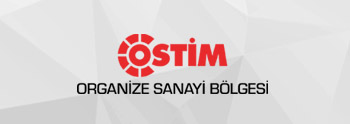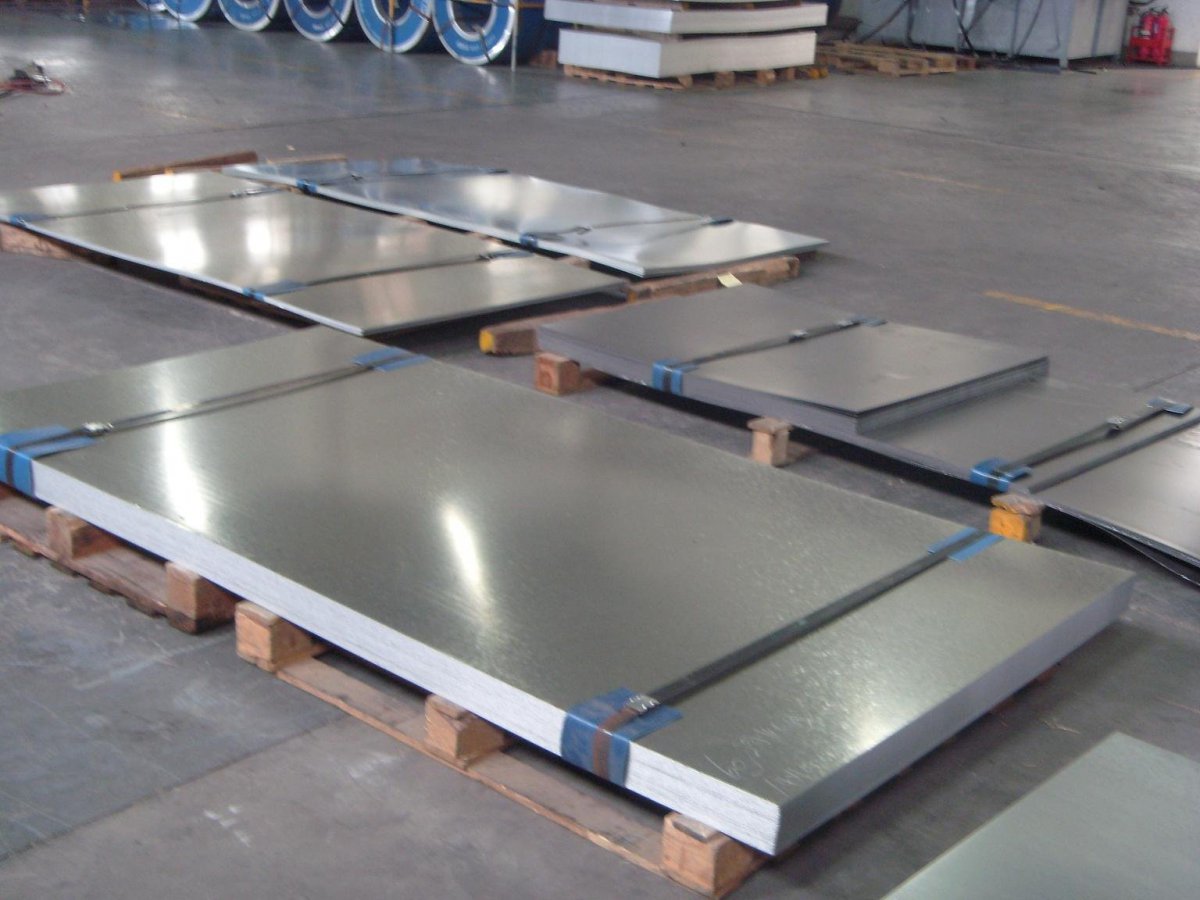They are flat steels in the form of rolls or sheets, the thickness of which varies in the range of 1.50 - 20.00 mm, obtained by hot rolling of the rectangular semi-product, which is called slab and is formed as a result of solidification of the liquid steel by the continuous casting method, in the hot rolling mill. DKP SHEET 0,30mm – 2mm 1110- 6112- 7114 USAGE AREAS: General application suitable for cold forming (Galvanized coating, office equipment, lighting equipment, etc.) General application to the drawing process (Automotive Industry, refrigerator, washing machine, kitchenware, etc.) DKP sheets According to the characteristics of the productions, it is slit in the desired dimensions and wrapped in the desired weights, strapped and packaged. In our tape slitting facilities, slitting is done without burrs and with 0 tolerance. Sheets between 0.30 and 5.00 mm wall thickness are sliced in the desired width. You will see the types of DKP steel below, which are formed in the case of cold or hot during production, while being rolled or plated to reach the required thickness. As a result of the production method, the cost, quality and mechanical properties of this raw material will differ. Hot Rolled is normally cheaper and is available in sheets and coils with a thickness of 1.5 mm and above. On the other hand, Cold Drawing is available in thicknesses between 0.4 mm and 1.5 mm in order to obtain more precise surface quality in order to be produced in more sensitive tolerances and although practically any size can be obtained. Due to its resistance to abrasion, it is either used with a protective coating or used where exposure to abrasion does not pose a problem. After the perforation process, paint or powder paint can be used in the coating, in this way the material can be completely protected. It can also be produced with zinc and alumina-based coating materials (eg aluminized, dip galvanized, anile galvanized, etc.) and can be supplied in this way. However, it is not possible to provide the same protection after the perforation process in the materials that have been coated before the perforation process, where the coating is separated from the surface after the perforation process.



